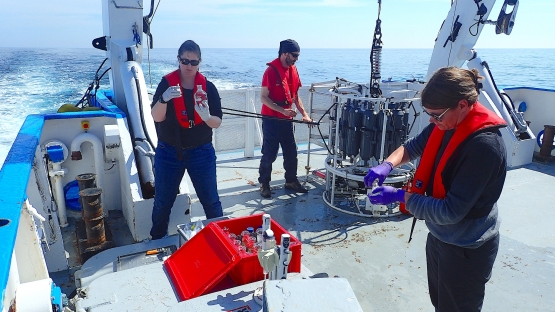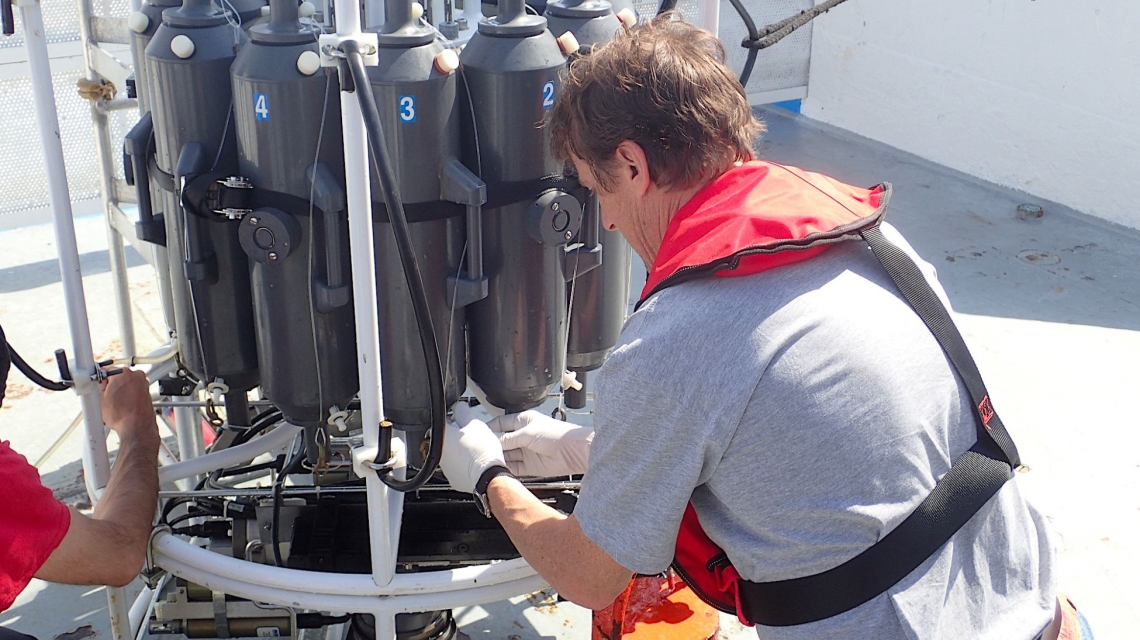Radioactivity has occurred naturally in the environment since the beginning of time on earth. Over the last 75 years humans have added to this natural background through atmospheric nuclear weapons testing in the mid-20th century, releases from nuclear accidents and routine discharges from nuclear facilities. The IAEA has been keeping track of radioactivity levels in the marine environment for almost 60 years, and has made a wealth of global data available through a newly-updated, on-line facility known as the Marine Radioactivity Information System (MARIS).
Through MARIS, environmental scientists, policy makers and the general public now have improved open access to recent and historical marine radioactivity data from laboratories around the world.
"MARIS is a powerful tool for researchers as it provides easy access to radioactivity data for most areas of the marine environment, with records dating back to 1957," said Paul McGinnity, Research Scientist at the IAEA Radiometrics Laboratory. “The new MARIS site offers improved mapping functionality, more intuitive access to data and generally a better user experience.”
Radionuclides, also known as radioisotopes, are atoms with unstable nuclei that emit energy known as radiation during decay. Some radionuclides occur naturally, such as potassium-40 and lead-210, and others are produced by humans in industrial facilities, such as caesium-137 and strontium-90.
Originally an internal database in 1992 and first made available online in 2005, the MARIS data repository has been developed through the continuous contributions of scientists around the globe undertaking sampling campaigns and performing measurements that are now fully traceable on the website. MARIS today provides online open access to more than 500,000 verified radioactivity measurement results representing more than 100 different radionuclides or radionuclide ratios in seawater, biota, sediments, and suspended matter from both the open ocean and coastal locations.
“Radionuclides transfer between different compartments of the marine environment, such as the sediment, fish and shellfish and the water itself,” said McGinnity. “To trace these pathways and provide data for adequate assessments of such movements in the world’s oceans, scientists and policy makers need a comprehensive database such as MARIS.”
MARIS is a powerful tool for researchers as it provides easy access to radioactivity data for most areas of the marine environment, with records dating back to 1957.





